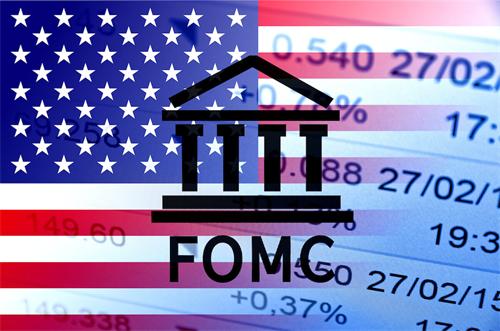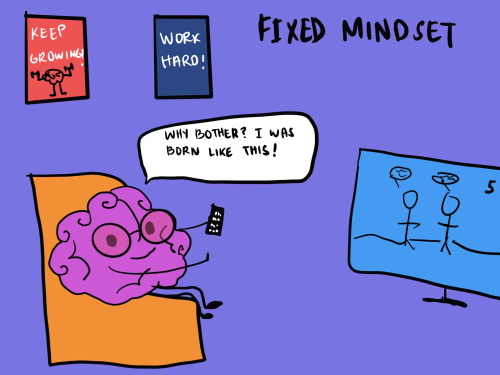ECB’s Dovish Pivot vs. Fed Hesitation: Who Wins the Currency War?

The global financial market is undergoing a profound divergence in monetary policy. On one side, the European Central Bank (ECB) has boldly cut rates eight times in a row; on the other, the Federal Reserve remains reluctant to loosen. In this ongoing policy tug-of-war, who’s taking the lead—and who might be setting themselves up for deeper trouble ahead?
1. Markets Are Extremely Sensitive to Policy Divergence
Since early 2024, central banks across the world have entered a rate-cutting cycle—but with varying degrees of intensity. The ECB, alongside central banks in New Zealand, Switzerland, Sweden, and Canada, has slashed rates by over 100 basis points. In contrast, the UK and the U.S. have taken a far more cautious stance.
Notably, the Fed—despite strong expectations earlier this year for a June rate cut—has yet to act. This divergence is more than just a reflection of recent economic data; it highlights the differing internal constraints and external pressures each central bank faces.
Typically, countries engaging in aggressive rate cuts are those grappling with weakened growth, sluggish demand, and deflation risks after prolonged periods of high interest rates. Meanwhile, those with more resilient fundamentals and sticky inflation have less room to ease policy rapidly.
2. ECB Breaks with Tradition to Go Its Own Way
Historically, the ECB has often aligned its interest rate decisions with those of the Federal Reserve, influenced by the dollar's dominant role in global finance and concerns about potential euro depreciation. However, this time, the ECB has taken a markedly independent approach, setting policy based more on domestic economic needs than external cues.
Since June 2024, the ECB has cut its key rates eight times, lowering the benchmark to 2.75%. This shift signals a new era of “proactive adaptation” in European monetary policy. What’s driving this change is the eurozone’s dual challenge: soft growth and easing inflation.
ECB President Christine Lagarde has repeatedly warned that the current policy environment is “more complex than ever.” While inflation in the eurozone has fallen significantly—France’s rate has dipped below 1%, and the overall bloc is approaching the 2% target—trade tensions, particularly from U.S. tariff threats, are adding uncertainty.
In essence, the ECB’s dovish stance isn’t reckless easing—it’s a calculated move to cushion the region from external shocks and support a fragile recovery.
3. Fed’s Caution Reflects Deep Anxiety Behind High Rates
In contrast to the ECB’s boldness, the Fed appears hesitant. Though U.S. Q1 GDP annualized growth came in at 1.3%—below expectations—labor market strength persists, with unemployment holding at a low 3.9%. Consumer spending and wage growth remain resilient. Most critically, core PCE inflation remains stubbornly high at around 2.8%, well above the Fed’s 2% target.
The Fed’s cautious stance stems from three core concerns:
Persistent Inflation: Especially in services, which remains sticky with little downward momentum.
Fiscal Deficits: With rising government debt and spending, premature rate cuts could spark a debt-inflation spiral.
Political Pressures: In an election year, any policy shifts could be viewed as politically motivated, complicating decision-making.
Given this backdrop, the Fed’s inaction—though frustrating for markets—can be seen as a rational response to a deeply complex environment. By contrast, the ECB’s decisiveness may simply reflect the urgency of its economic vulnerabilities.
4. How Do These Policies Affect Markets?
This policy divergence is redrawing the map of global capital flows and asset allocation strategies.
The ECB’s aggressive easing has driven eurozone bond yields lower, creating short-term opportunities in fixed-income assets and pushing up valuations. A weaker euro may boost exports, but it also raises the risk of imported inflation.
The Fed’s high-rate stance, meanwhile, reinforces the appeal of dollar-denominated assets. The widening interest rate differential is prompting capital to flow back into U.S. markets, putting pressure on emerging economies through outflows and currency volatility. In equities, persistently high rates are weighing on valuations—especially for U.S. tech stocks—prompting a shift toward safer or higher-yielding alternatives.
Ultimately, the Fed’s high-rate strategy is a double-edged sword: it supports the dollar’s dominance in the short term but could weigh on growth and increase debt servicing costs in the long run.
5. Who Wins the Currency War?
From a short-term perspective, the ECB’s move looks like a “timely rain” for the eurozone—injecting liquidity into a weakened economy and shoring up market sentiment. The Fed’s restraint, on the other hand, appears focused on long-term stability and preserving future policy flexibility.
But declaring a definitive winner in this “currency war” is premature. There are no absolute victors in monetary policy—only shifting phases of advantage and risk.
What matters more is that this divergence opens up fresh opportunities for investors to position across cycles. As the ECB steps on the brakes while the Fed prepares to ease, capital is rethinking where to go next. The rotation from developed to emerging markets, and from single-currency to diversified portfolios, may reveal the next frontier for wealth creation.
In the end, those who can see beyond the headlines—decoding central bank moves and aligning with the underlying economic narratives—may emerge as the true winners in this quiet reshaping of the global financial order.



